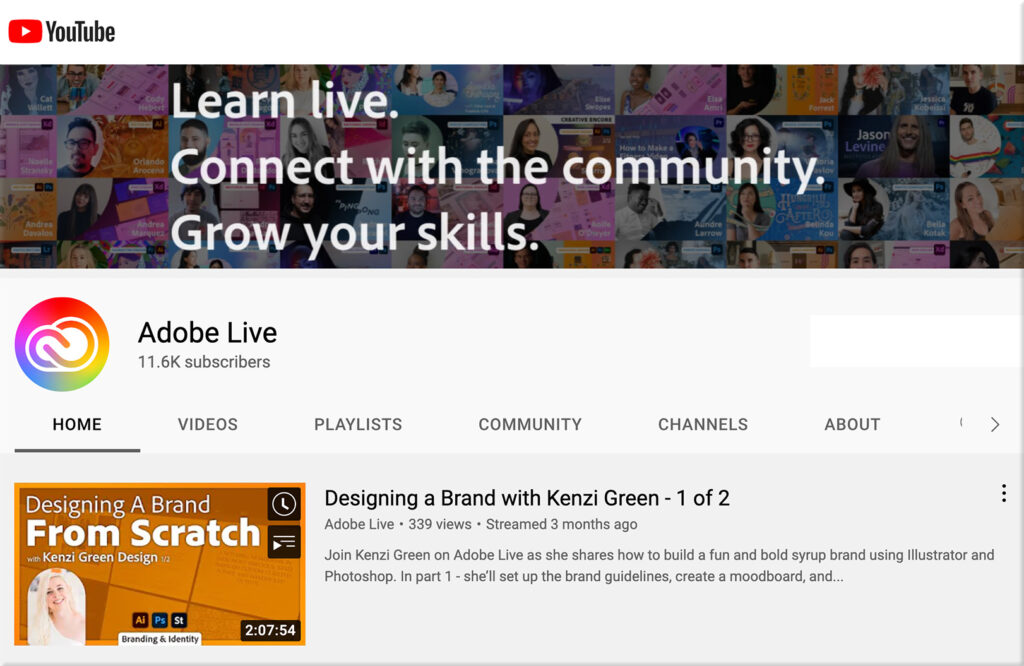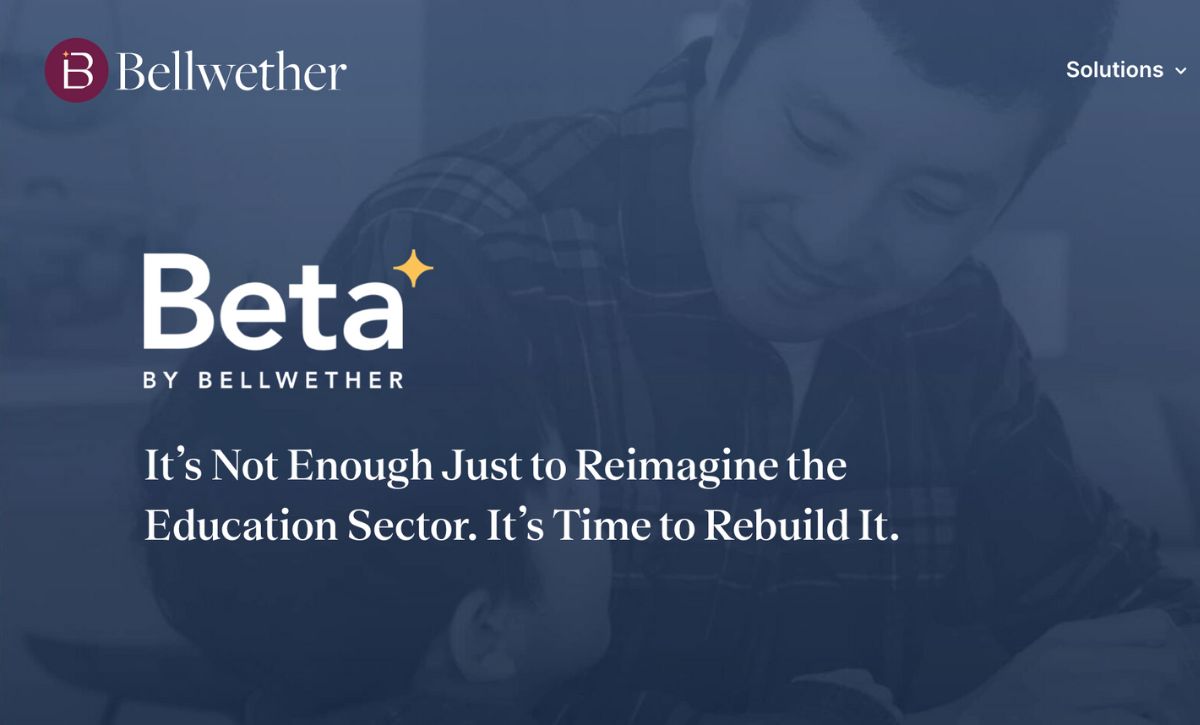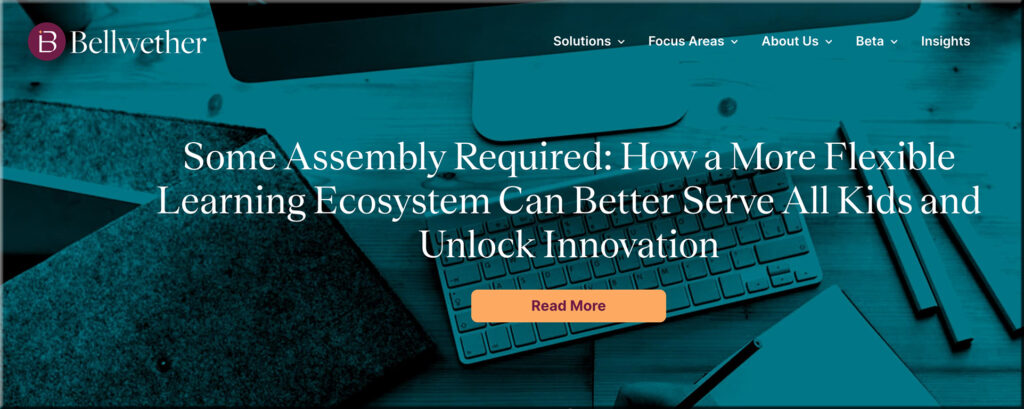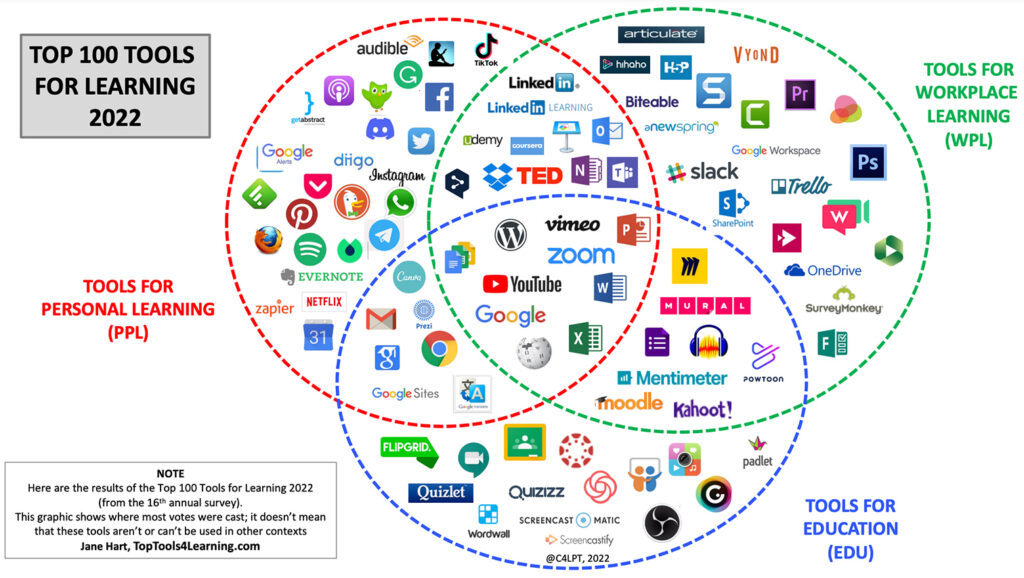From DSC:
It will be interesting to watch the pre-K-12 learning ecosystems out there, especially if the exodus from traditional school systems gathers momentum — both student *AND* teacher-wise.
‘Alternative to school:’ Las Vegas has self-directed learning center — from reviewjournal.com by Julie Wootton-Greener
Excerpt:
It’s part of a movement called “microschooling.” The trend accelerated during the COVID-19 pandemic — particularly, while Clark County School District campuses operated under a year of distance education until in-person classes resumed in spring 2021.
Southern Nevada is home to more than 20 microschools, which are “multifamily learning arrangements,” said Don Soifer, president of Nevada Action for School Options and a former board member for the Nevada State Public Charter School Authority.
Most are operating with children who are considered homeschooled, he said, while some are small private schools.
.
Showing up in our homeschools — from raisinglifelonglearners.com by Colleen Kessler
Excerpt:
What do you want your kids to think about homeschooling? What do you want their homeschooling experience to be? Choose how you want that to look and then work on it, set an intention for the day or for the week and show up that way.
Take a deep breath. When things get difficult, respond with peace, not anger.
Notice little things, be curious about what’s going on in your homeschool, and then find ways to make it look the way you want it to look.
I share more in depth strategies all about making this intentionality happen in today’s episode of the podcast.
.
A Guide to Rethinking Education After Pandemic — from edsurge.com by Michael Staton
Excerpt:
During the pandemic, there were those who rose to the occasion—innovators who forged a new path, students who learned more than they knew they could, teachers who felt unbound by convention, administrators who mobilized bureaucracies known for inertia and parents who saw first-hand that another world is possible. There were many individuals and organizations who knew it was a once in a millennium moment to rethink what has been, to experiment with what could be, to create an upgraded education model and a better school experience.
Michael Horn’s new book, “From Reopen to Reinvent: (Re)Creating School for Every Child,” highlights key organizations and individuals who seized the moment—some because they were prepared; some because they were lucky enough to have a quirky vision which suddenly made sense to try during pandemic lockdown; some because they were forced to adapt and had no other choice. From those, Horn sheds light to help others learn a brighter path forward.
.
Pandemic “Learning Loss” Actually Reveals More About Schooling Than Learning — from fee.org by Kerry McDonald
The alleged “learning loss” now being exposed is more reflective of the nature of forced schooling rather than how children actually learn.
As we know from research on unschoolers and others who learn in self-directed education settings, non-coercive, interest-driven learning tends to be deep and authentic. When learning is individually-initiated and unforced, it is not a chore. It is absorbed and retained with enthusiasm because it is tied to personal passions and goals.










![The Living [Class] Room -- by Daniel Christian -- July 2012 -- a second device used in conjunction with a Smart/Connected TV](http://danielschristian.com/learning-ecosystems/wp-content/uploads/2012/07/The-Living-Class-Room-Daniel-S-Christian-July-2012.jpg)




